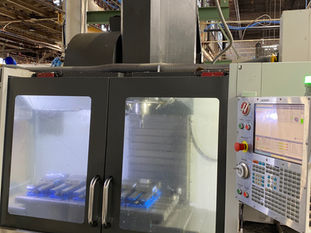
True Position Tolerances: Don’t Overcomplicate What Works
3
173
0
At Conturo Prototyping, we’ve seen plenty of projects where true position tolerances are dialed in way too tightly. The result? Increased cost, unnecessary delays, and over-engineered parts that don’t really perform any better. While true position is a fantastic tool for ensuring precision, it’s all too common to see engineers push for tolerances that go beyond what's practical for the part’s actual function.
Here’s why loosening up your true position tolerances might be the best decision for both your project and your budget.
Not Every Part Needs Extreme Precision
True position, when used appropriately, ensures that features like holes or bosses are located within a specified zone. This keeps things in line for proper assembly and function. However, we often come across tolerances that are so tight, the margin for deviation is practically non-existent. In reality, many parts perform perfectly with more relaxed tolerances—especially when there’s wiggle room in the assembly.
The Cost of Unnecessarily Tight Tolerances
It’s easy to think that tighter tolerances equal better performance, but the truth is, tighter tolerances equal higher costs. When we have to hold a part to extreme precision, it requires more machine time, more setup, and often, more inspections to ensure the part meets those strict standards. This leads to longer lead times and significantly higher production costs.
By relaxing your true position tolerances to more realistic levels, you’ll save time and money without sacrificing part performance. In fact, in many cases, parts with more forgiving tolerances still function flawlessly in the final assembly.
True Position Flexibility with MMC
If you’re looking to maintain precision while still allowing for some flexibility, consider using Maximum Material Condition (MMC) with your true position tolerances. MMC provides bonus tolerances that allow for more variation as the feature size moves away from its maximum material limit. This ensures that parts can still function properly, even with some deviation in their position, without sacrificing the assembly’s overall integrity.
Experience Matters
At Conturo Prototyping, we’ve worked with enough true position tolerances to know when they’re overkill. Our experience allows us to guide you toward more practical tolerances that will keep your parts performing as needed without the unnecessary strain on your budget. Precision is important, but so is efficiency—let’s find the balance that works best for your project.
So, before you lock in those ultra-tight tolerances, let’s have a conversation. We’ll help you determine the true position that fits your needs—without overcomplicating the process.






